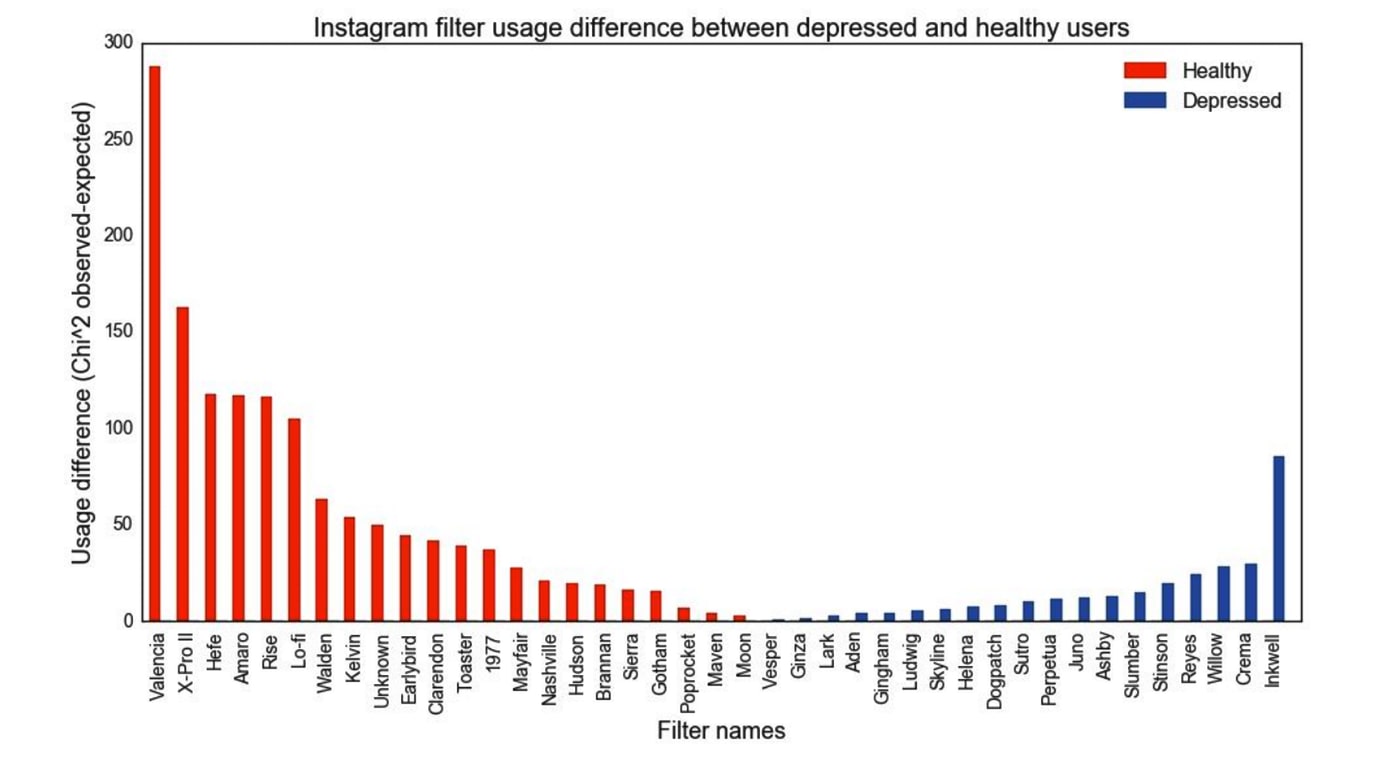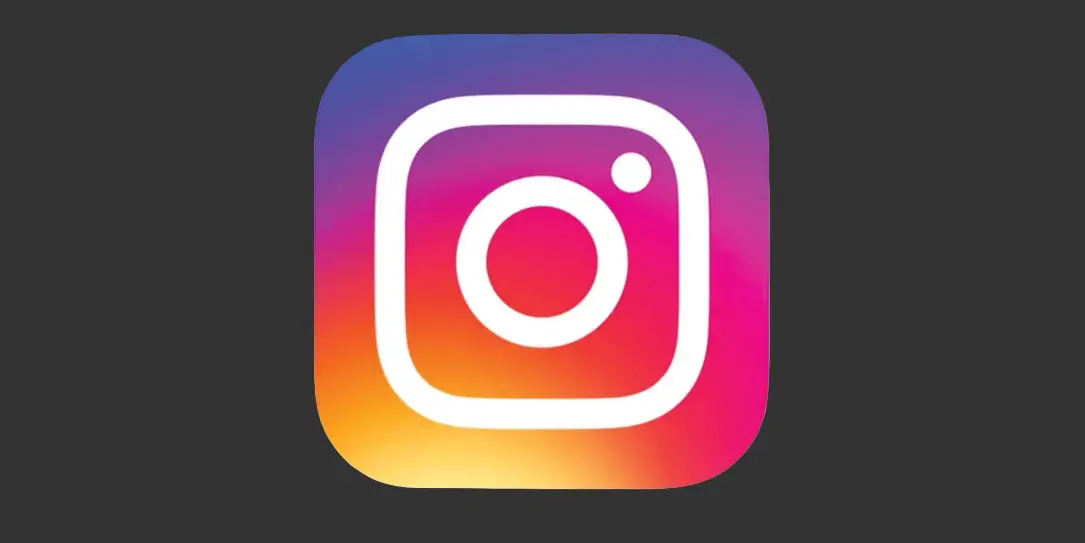Depression is a serious condition that affects nearly 7% of the population in the U.S. alone. Many have either seen what depression has done to a family member, friend, or loved one, or felt some form of depression themselves. Researchers out of Harvard University and the University of Vermont have created an algorithm that can diagnose depression with 70% accuracy. All the algorithm needs to get started is a look at your Instagram feed.
If you’re using any sort of social media platform, you’re already freely handing out all kinds of trackable data. If you think that Facebook isn’t using every single action you take on their site to try and better tailor ads to show you, I’ve got news for you. That said, this study shows that some good can come out of all of that data mining — when mined by the right people. In this case, Andrew Reese (Harvard), and Christopher Danforth (University of Vermont) set out to prove their hypothesis: Instagram photos reveal predictive markers of depression.
To test this hypothesis, the researchers selected a total of 166 Instagram users, 71 of which had already been diagnosed with clinical depression. The team ran nearly 45,000 posts through their algorithm, and the results proved two of their hypotheses: first, “that markers of depression are observable in Instagram user behavior,” and second, “that these depressive signals are detectable in posts made even before the date of first diagnosis.”
But what does the algorithm look for when making its decision? A few things, actually. The researchers looked at not only the composition and contents of the photo, but also the filter used (if any). Was the photo taken during the day or at night? Does the photo include other people? Indoors? Outdoors? How many people liked or commented on the photo? Beyond those relatively easy to answer questions, the team also dug deeper, looking at the hue, saturation, and color values of the photos. When these, and other factors were taken into consideration, patterns began to emerge.
The study found that happy people tend to post less photos, but their photos will generally include more people. Depressed people would often post more, though their photos were usually more saturated and dark, with a bluish hue. Depressed users were also less likely to use filters on their photos, though there were some pretty clear choices when it came to the filters that were used. Happy people overwhelmingly used the Valencia filter, while depressed respondents were more likely to choose Inkwell.
While some of these results may seem obvious — darker colors, darker filters, etc. — the algorithm was able to look deeper into the photographs to see things less perceptible to the human eye. That last part is important, because as the researchers point out:
General practitioners were able to correctly rule out depression in non-depressed patients 81% of the time, but only diagnosed depressed patients correctly 42% of the time.
If this algorithm is able to successfully diagnose depressed patients more than 42% of the time — and as mentioned earlier it’s at 70% accuracy even in its early state — that could allow depressed individuals to start getting the help that they need much sooner.
You can read more about this study and the algorithm involved in either of the source links below.
[button link=”https://arxiv.org/ftp/arxiv/papers/1608/1608.03282.pdf” icon=”fa-external-link” side=”left” target=”blank” color=”285b5e” textcolor=”ffffff”]Source: Cornell University library[/button][button link=”https://www.inverse.com/article/20054-diagnostic-algorithm-clinical-depression-instagram” icon=”fa-external-link” side=”left” target=”blank” color=”285b5e” textcolor=”ffffff”]Via: Inverse[/button]










